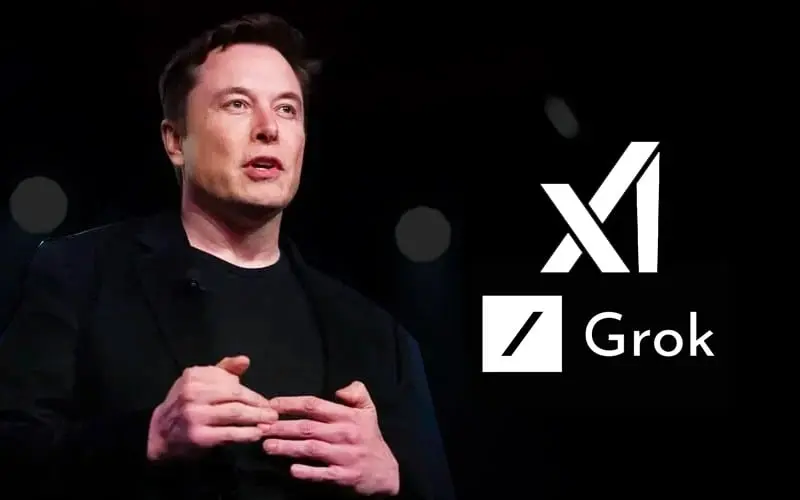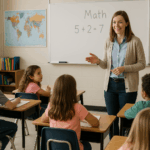AI is moving at lightning speed, and the latest buzz? Grok-3, Elon Musk’s newest AI from xAI is making waves among teachers, parents, and tech fans. Musk’s team says this model isn’t just an upgrade, it’s a game-changer, competing with ChatGPT and DeepSeek in reasoning and learning.
But here’s the real question: What does this mean for education? Should teachers embrace it, fear it, or rethink how classrooms use AI? The education landscape is shifting fast, so how do we keep up?
What’s new with Grok-3?
Musk’s Grok-3 is designed to process and generate information at a much deeper level, thanks to significantly more computing power than its predecessor, Grok-2. This means it can:
- Provide more nuanced responses to complex questions
- Engage in critical thinking and problem-solving
- Adapt better to user queries over time
- Offer real-time information updates, something earlier models struggled with
With such advanced reasoning, AI tools like Grok-3 could become a game-changer in education, if used wisely.
The potential of Grok-3 in schools
AI in education isn’t just about automating tasks—it’s about enhancing learning experiences. Here’s how Grok-3 (and similar AI models) could impact the classroom:
Personalized learning
AI can adapt explanations based on a student’s learning style, making subjects like math or science more accessible.
AI-Powered tutors
Students can get instant, on-demand explanations for homework, acting as a supplementary tutor rather than a replacement for teachers.
Writing assistance
AI can help brainstorm ideas, refine writing skills, and suggest edits, offering personalized feedback that can speed up the revision process.
STEM & Research help
Grok-3 could simplify complex topics like physics or coding, guiding students through problem-solving rather than just giving answers.
The concerns: AI in education isn’t perfect
Of course, not all AI integration is beneficial. There are concerns that come with the rapid adoption of AI in learning:
The temptation to chear
With AI writing full essays, solving equations, and analyzing texts, schools need to rethink how they assess students’ understanding.
Fact-checking AI responses
AI models like Grok-3 still hallucinate information, meaning teachers must emphasize critical thinking and source verification.
Over-reliance on AI
Students must learn how to think, not just ask AI for answers. Teachers need to guide them in using AI as a tool, not a crutch.
How should schools handle AI like Grok-3
Instead of banning AI, schools should be teaching students how to use it responsibly. Here’s how we can integrate AI without undermining learning:
Teach AI literacy
Help students understand how AI works, its limitations, and when to trust (or question) its outputs.
Use AI for collaboration, not replacement
Assign AI-assisted projects where students compare AI-generated answers with their own research and thinking.
Develop stronger critical thinking assessments
Move beyond traditional essays and tests by requiring students to explain, justify, and critique AI responses.
AI as an educational partner, not a threat
Grok-3 is the latest AI advancement, but it won’t be the last. Whether it’s Grok, ChatGPT, or another AI model, schools must prepare students for a world where AI is an everyday tool. The key is to teach responsible usage, helping students navigate AI’s strengths while being aware of its limitations.
And like it or not, AI is part of the future. The best approach? Embrace it wisely, question it critically, and use it to empower students rather than replace learning.
What do you think, should AI tools like Grok-3 have a place in schools? Let’s discuss!













